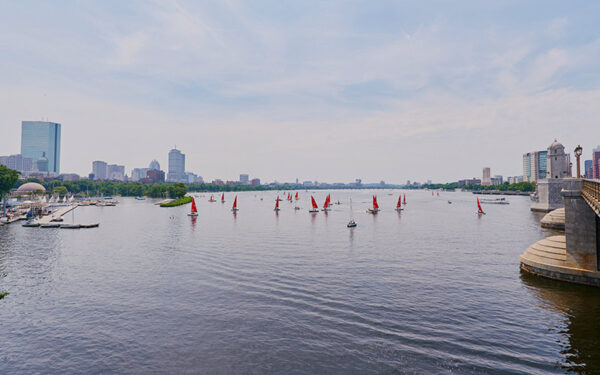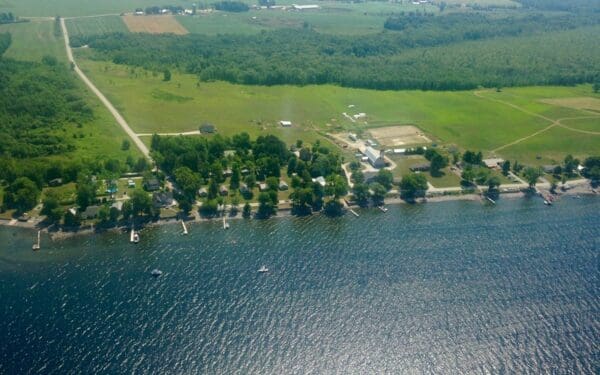Vermont’s rivers and lakes are not healthy. Toxic cyanobacteria plague our waters year after year threatening the health of people, wildlife, and our economy. Too often throughout the summer, signs are posted at public beaches warning families to stay out of the water. This is an annoyance for the parents who heed the warnings, scary for those who don’t, and an unacceptable dilemma to foist onto any Vermonter.
The economic repercussions are equally daunting, with lowered property values and canceled stays at bed and breakfasts just the start. Tourism is a $2.5 billion industry in Vermont, and no one wants to visit toxic, green water.
We know what the problem is: too much phosphorus pollution in our waters. We also know how to solve it: achieve the federally mandated phosphorus limits for Lake Champlain (called the Total Maximum Daily Load, or TMDL) and implement the activities to reach those limits on a strict timeline.
But, the State’s commitment to cleaning up our iconic lake is flagging. We urgently need the State to step it up, because right now, they are close to getting a failing grade from CLF when it comes to cleaning up our waters.
EPA Gives Vermont a Pass, But That’s Being Too Generous
If you only listened to the Environmental Protection Agency (EPA), you might think the State is doing just fine in reaching its mandated pollution limits. EPA issued its own report card on the State’s Lake Champlain progress earlier this month and gave Vermont a “provisional pass.” It was provisional due to the incomplete status of three milestones included in the Lake Champlain TMDL: long-term funding for clean water, a permit to treat stormwater runoff in certain cities and towns, and a permit to treat stormwater runoff from large areas of development.
We agree with EPA that the State’s inaction on long-term funding and stormwater control for large swaths of pavement is particularly concerning because they underpin the State’s ability to achieve the overall TMDL. But, while EPA’s report card acknowledges where Vermont has failed to meet a milestone, it does not address the substance of what the State has (or has not) accomplished. Getting to clean water is about more than just checking off boxes on a list. Successful clean-up relies on effectively-run programs and stringent permit requirements.
Having pushed for action to clean up Lake Champlain for years, CLF is closely tracking the State’s progress ourselves. We’re not just looking at the milestones required in the TMDL, however, but also the promises made in the Vermont Clean Water Act – all through the lens of whether the State’s actions measure up with current science-based solutions for how to combat water pollution.
Our own grade for the State’s work so far? D+. While the State has indeed made progress in some areas, it is failing in far too many others. Those failures are putting the entire lake at continued risk.
Below is our report card, with an analysis of several key milestones.




